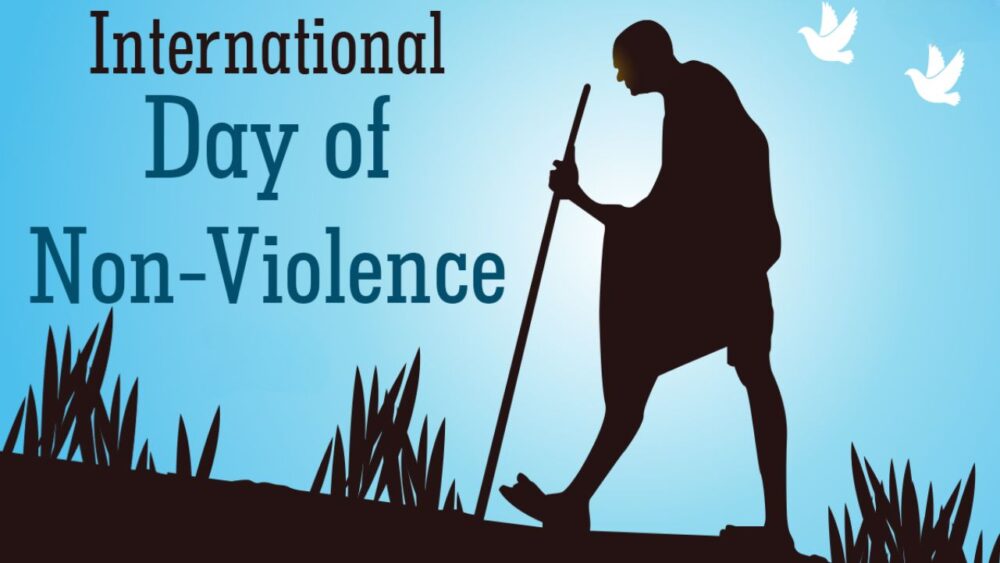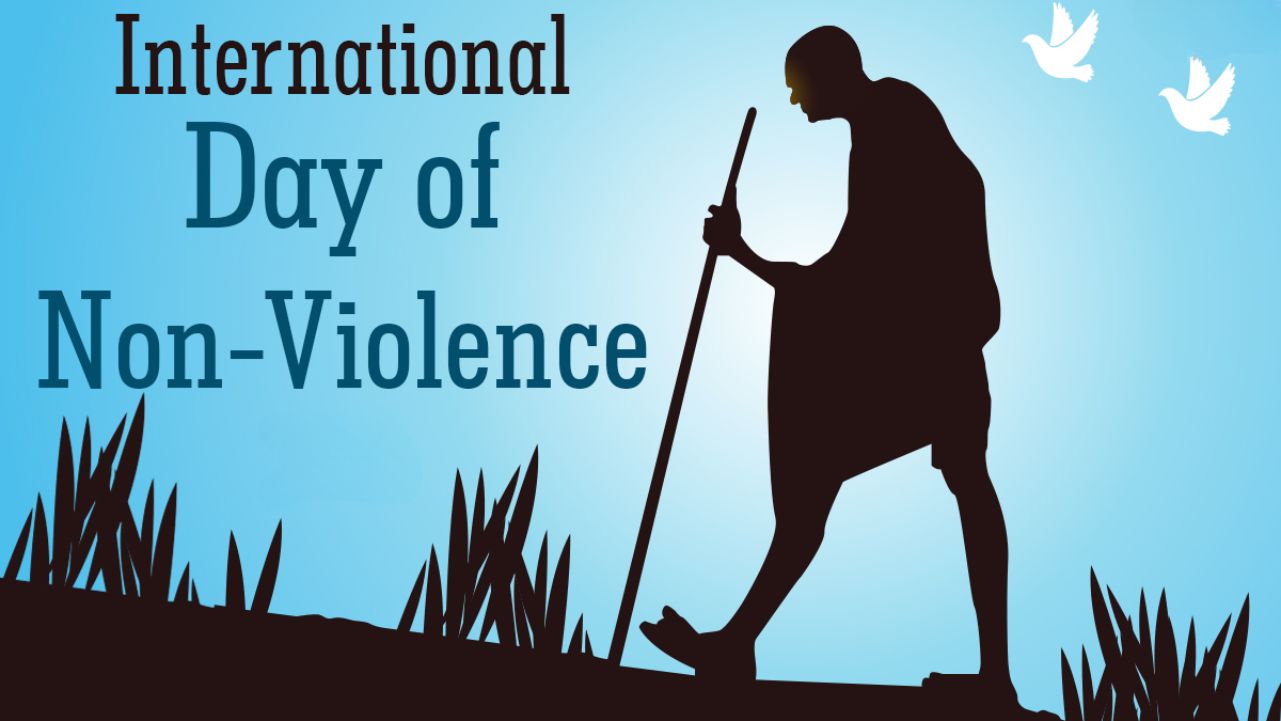

Home > News > Building a Nonviolent Future: Supporting Kids on International Day of Non-Violence

Written by Leon B. Wellington, President | Published: October 2, 2024 at 4:48 am
Imagine a child walking into school each day, unsure whether they’ll face kindness or cruelty. This isn’t just a rare story; it happens around the world. On International Day of Non-Violence, we’re reminded that our future depends on raising kids who choose peace, empathy, and kindness over violence. Children, when supported with the right values, have the power to create a future where nonviolence isn’t the exception but the norm.
This article dives into how we can build a nonviolent future by supporting children on this important day. Whether you’re a parent, educator, or just someone who cares, small actions can make a huge difference. From fostering empathy to creating safer spaces for kids, we’ll explore strategies to support nonviolence. Let’s look at how we can raise kids to lead with compassion.
Empathy is the foundation of nonviolence. It’s that simple. But teaching empathy isn’t always easy. You can’t force a child to care about others. So, how do we do it?
Start with stories. Kids naturally love stories, and through them, we can teach the power of understanding how others feel. Imagine a class reading a book about a character who feels left out or scared. Ask questions like, “How do you think they feel?” and “What could you do to help them?”
Real-world scenarios work too. When kids see examples of empathy in action, they’re more likely to follow suit. For example, if a child sees a friend fall on the playground, they’ll learn the value of helping them up, not just walking away. The more we model and discuss empathy, the more it becomes second nature.
Research shows that children who develop strong empathy skills are less likely to engage in violent behavior as they grow. A 2019 study from the Journal of Child Psychology and Psychiatry found that kids with higher levels of empathy were less likely to bully others. So, teaching empathy early isn’t just a nice thing to do; it’s essential for preventing violence.
Schools play a critical role in shaping children’s views on violence and peace. Every day, kids spend hours in school, making it a key place for learning values like cooperation, conflict resolution, and respect.
But how do we ensure schools foster these values?
One powerful way is through anti-bullying programs. When schools actively work to prevent bullying, they send a strong message: violence, in any form, is not tolerated. Programs that focus on peer mediation and positive behavior reinforcement have shown success. For example, in some schools, students are trained to help their peers resolve conflicts peacefully. This teaches kids that problems can be solved without aggression.
Moreover, schools can create a nonviolent culture by promoting kindness challenges, where students are encouraged to do something nice for someone else every day. Over time, these small acts of kindness can shift the school environment toward a more supportive and inclusive space.
Another important element is teacher training. Teachers are on the front lines, often dealing with conflicts as they arise. Providing them with the tools to handle these situations calmly and with a focus on resolution can have a huge impact on the school culture as a whole.
Parents have a unique responsibility in teaching their kids nonviolence. But let’s be real: parenting is hard, and modeling nonviolent behavior can be challenging, especially in stressful situations. So, how do parents foster these values at home?
The movement for nonviolence in education isn’t limited to one country or one method. Around the world, different strategies are being employed to teach kids about peace. Here’s a quick look at some successful global efforts:
| Country | Program/Initiative | Key Focus | Results | Future Potential |
| Finland | KiVa Anti-Bullying Program | Bullying prevention | Significant reduction in school bullying | Expanded to multiple countries |
| India | Mahatma Gandhi Institute of Education for Peace and Sustainable Development (MGIEP) | Nonviolent conflict resolution | Improved conflict resolution skills in students | Potential to influence broader education policies globally |
| South Africa | Peer Mediation Programs | Student-led conflict resolution | Students report fewer fights at school | Increased implementation across schools |
| United States | Positive Behavioral Interventions and Supports (PBIS) | Behavior management through positive reinforcement | Better student behavior and lower suspension rates | Broader implementation in schools |
| Japan | Nonviolent Communication Programs | Teaching peaceful communication skills | Improved student relationships and reduced bullying | Ongoing nationwide efforts |
These global examples show that nonviolence education is a growing, worldwide effort. From school programs in Finland to peer-led mediation in South Africa, we’re seeing a global commitment to building a more peaceful future.
As individuals, we can do a lot to promote nonviolence. But it’s even more powerful when communities come together. That’s where initiatives like Give Miami Day come in. This annual event encourages people to donate to causes that matter, and supporting organizations that focus on nonviolence and child welfare is a key way to create lasting change.
When we invest in the next generation, we’re investing in a future where violence is the exception, not the norm. Whether it’s through supporting local non-profits or volunteering, everyone has a role to play in fostering nonviolence.
Building a nonviolent future starts with how we raise and support kids today. From teaching empathy to promoting peaceful conflict resolution, there are countless ways we can contribute to a more peaceful world. Schools, parents, and communities all play a part, and with the right strategies, we can help children grow up believing in the power of kindness over aggression.
Support these efforts by joining movements like Give Miami Day or learning more about nonviolence education through efccinc.org. Together, we can shape a world where nonviolence isn’t just an ideal but a reality for the next generation.
If this article has been helpful to you, share your thoughts with us at info@efccinc.org

To keep abreast of our latest news and events subscribe to our newsletter by clicking the SUBSCRIBE BUTTON.
Written by Leon B. Wellington, President
Written by Leon B. Wellington, President
Written by Leon B. Wellington, President
Written by Leon B. Wellington, President
Written by Leon B. Wellington, President